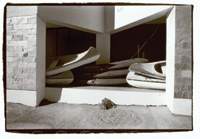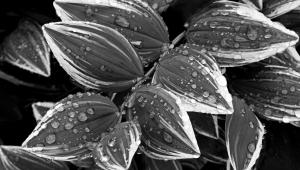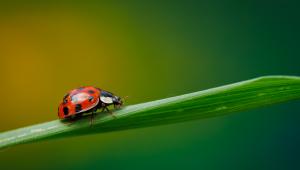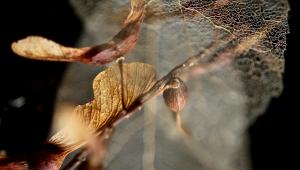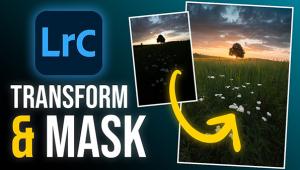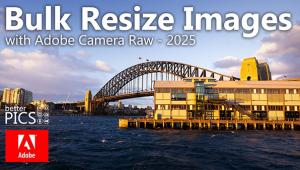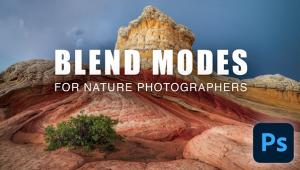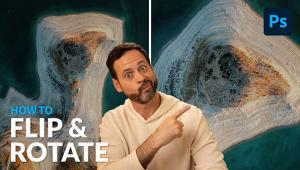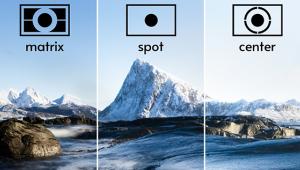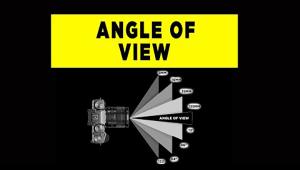B&W Film Developing Made Easy
Do-It-Yourself Tips& Techniques
But maybe you still don't need a darkroom. Chromogenic films such as Ilford's XP2 Super or the new Kodak CN film can be processed at any lab that can handle color negatives. You even get monochrome prints right from the lab. Chromogenics are also good if you want to print in a traditional darkroom. Ignore the gurus who tell you that they aren't "real" black and white: XP2 in particular has enormous latitude and lovely creamy tonality, and prints very well. The main reason I don't use lab-processed XP2 is that the nearest good lab is 35 miles away: it's more cost-effective (and quicker) to process it myself. It's even quicker to get my husband to do it... So how can you make film processing easier with traditional films? |
|||
The Tools Chemical Mixing |
|||
Maybe you're still wedded
to fluid ounces. Believe it or not, metric can be easier. Most new graduates
have metric markings as well as avoirdupois. Use these to give yourself
a feeling for the metric units. If you measure out 8 oz, check to see
how that translates into milliliters (225ml). If you can learn to internalize
these measurements it makes life much easier when you have to deal with
metric packaging. The above example--600ml of 1+7--is a nightmare
in avoirdupois. Temperature, Too |
|||
Notes For Consistency Keeping Film Safe Chemical Check Manufacturers/Distributors Ilford Imaging USA Inc. Kinetronics Corporation Paterson Photographic Inc.
Print File, Inc. |



